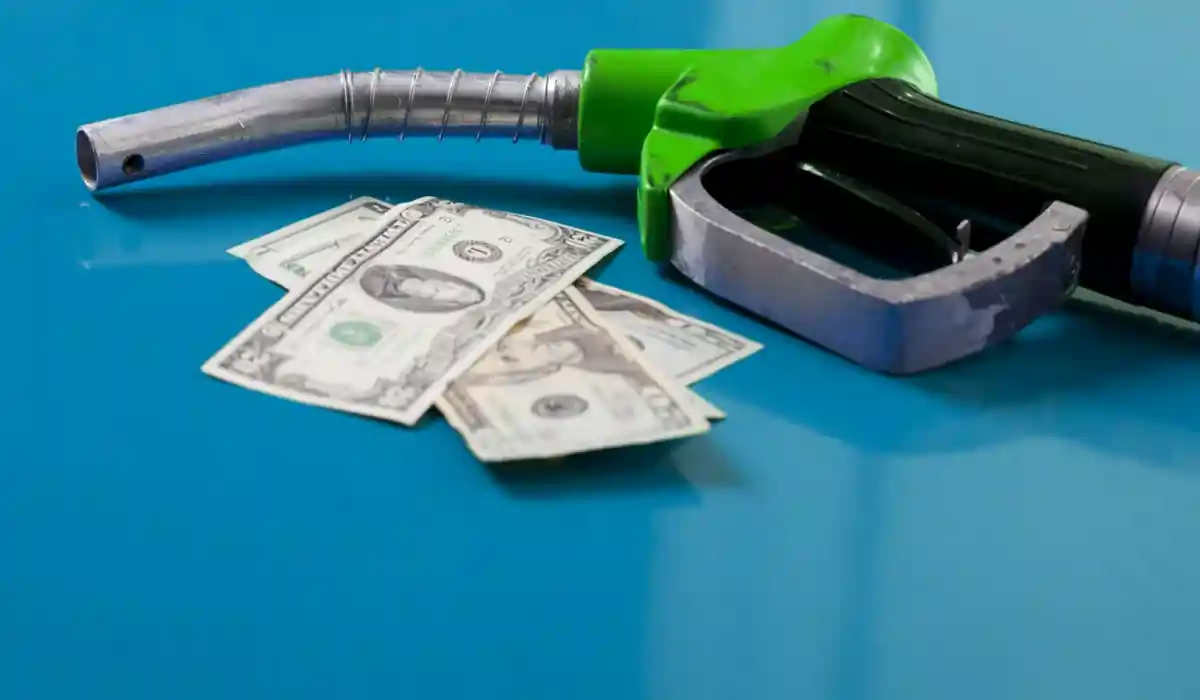U.S. gas prices have their biggest increase in a year: why are they rising again?
The American Automobile Association (AAA), which tracks gasoline prices, showed that the cost had the biggest single-day increase in a year: there’s a phenomenon that could be to blame
We are entering the second half of 2023 and consumers are once again facing economic challenges they had thought were behind them. Gasoline moves everyone and America (literally), so often its prices have a significant impact on the pockets of the citizenry, and this will be no exception when it has its largest increase in a year.
The national average price of a gallon of gasoline rose 4 cents last Tuesday, making it the largest single-day increase in a year. Four cents doesn’t sound like much, but when you add it up gallon for gallon, it multiplies a consumer’s costs by a staggering amount.
Keep in mind that this increase is a nationwide average, but there are areas where the cost rose more than others. Simply put, in Florida, the price rose 8 cents in a single day.
Over the past week, the average price of gasoline jumped 10 cents nationwide, according to AAA, and every part of the country is being affected.
Gasoline prices now stand at $3.71 per gallon, according to AAA, much lower than last summer’s high of just over $5. However, what stands out is that it is getting more expensive to fill up a tank from the $3.55 per gallon it cost on July 4.
Why are gas prices rising again?
Some experts point to the extreme heat in the hemisphere as part of the reason gasoline prices are rising again. Extremely high temperatures can cause oil refineries to cut production.
“Given that the extreme heat also caused some refinery outages, and with July gasoline inventories at their lowest level since 2015, we are prepared to see cost increases in effect this week across the country,” Patrick De Haan, GasBuddy’s director of petroleum analysis, told Fox News Business on Tuesday. “Already this morning, GasBuddy is seeing large price increases in Michigan, Indiana, Ohio, Kentucky and Florida.”
Adding to the formula of low refinery production is increased demand after people use air conditioning more frequently, also due to higher temperatures, and even that increases the use of natural gas in their vehicles.
In turn, extended heat waves such as those felt this summer can reduce hydropower production, resulting in increased dependence on oil and gas. As demand for oil and gas has increased along with warmer temperatures, U.S. oil inventories and production have fallen.
The terrible thing is that we find ourselves in a paradox, as some scientists point out: extreme heat can help increase gas prices at the same time that humanity’s dependence on gas is what has caused global temperatures to rise.
The solution to the latter problem, say experts such as climatologist Michael Mann of the University of Pennsylvania, is to make a rapid transition to cleaner energy sources.
Prices of other goods and services could also go up
Inflation in the United States has slowed in recent months. The latest BLS report noted that inflation reached 3% in June, considerably lower than the 9.1% it reached in the same period in 2022, the highest in 40 years. However, it remains above the Federal Reserve’s (Fed) 2% target.
Falling gasoline prices helped the consumer price index (CPI) to decline in recent months; but recent surges could reverse this situation.
As mentioned, energy, especially natural gas and gasoline, drives the U.S. economy. When their prices rise, companies could increase the costs of their goods and services, due to higher spending on their operating system.
Likewise, a 1-cent increase in the cost of a gallon of gasoline can make a big difference, taking away about $1.15 billion in annualized purchasing power, Bloomberg reported Wednesday.
In other words, higher gas prices deprive U.S. consumers of money they could spend elsewhere.

